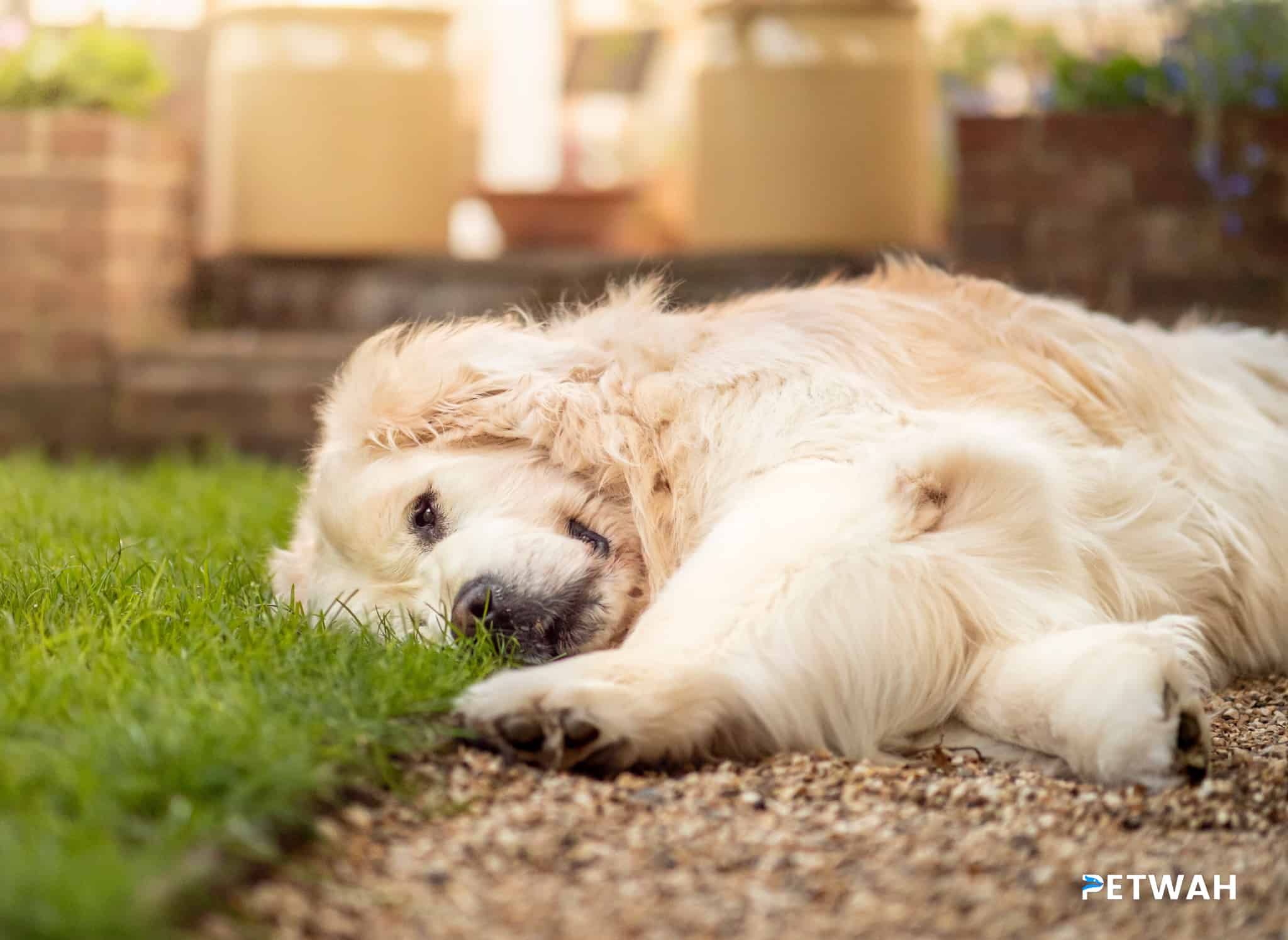If you’re a new fur parent of a German Shepherd puppy, you may be wondering about the best way to train them. One of the most effective methods is crate training. Not only will it provide a safe and comfortable space for your furry friend, but it will also help prevent destructive behavior and separation anxiety. However, crate training can be a daunting task, especially if you’re a first-time dog owner. That’s why we’ve put together the ultimate guide to crate training your German Shepherd puppy with tips and tricks that will make the process smoother and less stressful for both you and your furry friend. Read on to learn more!
If you have decided to bring home a German Shepherd puppy, congratulations! You have just made one of the best decisions of your life. These dogs are loyal, intelligent, and protective. However, they also require a lot of training to become well-behaved pets. One of the most important aspects of their training is crate training.
Crate training is an essential tool for any new puppy owner. It helps with potty training, reduces destructive behavior, and provides a safe space for your furry friend. In this ultimate guide to crate training your German Shepherd puppy, we will discuss tips and tricks to help make the process as smooth as possible.
1. Choose the Right Crate
The first step in crate training is choosing the right crate. You want to make sure that the crate is big enough for your puppy to stand up, turn around, and lay down comfortably. However, you also don’t want it to be too big because your puppy may use one end as a bathroom and the other end as a sleeping area.
It’s important to consider the material of the crate as well. Plastic and wire crates are the most common options. Plastic crates provide a cozy, den-like environment, while wire crates offer more visibility and airflow.
2. Make the Crate a Positive Space
Once you have the crate, it’s time to introduce your puppy to it. You want to make the crate a positive space for your puppy, so start by placing treats and toys inside. Leave the door open and allow your puppy to explore the crate at their own pace.
It’s important to note that your puppy should never be forced into the crate. This can create negative associations and make crate training harder. Instead, encourage your puppy to enter the crate with treats and praise.
3. Start with Short Intervals
When starting crate training, it’s best to start with short intervals. Place your puppy in the crate for 10-15 minutes at a time, gradually increasing the time as they become more comfortable.
During this time, it’s important to stay nearby and provide reassurance. You can sit next to the crate and talk to your puppy, or even place your hand inside for them to sniff and lick.
 - Copy.jpg)
4. Create a Routine
Creating a routine is essential for successful crate training. Try to establish a regular schedule for feeding, potty breaks, and crate time. This will help your puppy understand when it’s time to go in the crate and when they can come out.
5. Use Positive Reinforcement
Positive reinforcement is key in crate training. When your puppy enters the crate on their own, be sure to reward them with treats and praise. You can also give them a special toy or bone to keep them occupied while in the crate.
It’s important to avoid punishment or negative reinforcement during crate training. This can create fear and anxiety in your puppy, which can make training more difficult.
6. Gradually Increase Time in the Crate
As your puppy becomes more comfortable in the crate, you can gradually increase the amount of time they spend inside. However, it’s important to do this slowly and gradually. Over time, your puppy will learn to associate the crate with safety and comfort.
7. Don’t Use the Crate for Punishment
Finally, it’s important to never use the crate as a form of punishment. Your puppy should always view the crate as a safe and positive space. Using it for punishment can create negative associations and make training harder.
Conclusion
Crate training your German Shepherd puppy is an essential part of their training. It helps with potty training, reduces destructive behavior, and provides a safe space for your furry friend. By following these tips and tricks, you can make the crate training process as smooth as possible. Remember to choose the right crate, make the crate a positive space, start with short intervals, create a routine, use positive reinforcement, gradually increase time in the crate, and never use the crate for punishment. With patience and consistency, your German Shepherd puppy will learn to love their crate and become a well-behaved pet.
Crate training your German Shepherd puppy is a crucial step in their development and will provide them with a safe and comfortable space of their own. Although it may take some time and patience, with the right approach, crate training can be a positive experience for both you and your puppy. Remember to use positive reinforcement, be consistent, and always keep their safety and well-being as your top priority. Following the tips and tricks outlined in this guide will help you successfully crate train your German Shepherd puppy and establish a strong bond with your furry friend. Good luck on your crate training journey!


%20-%20Copy.jpg)
%20-%20Copy.jpg)
%20-%20Copy.jpg)
.jpg)
.jpg)

.jpg)